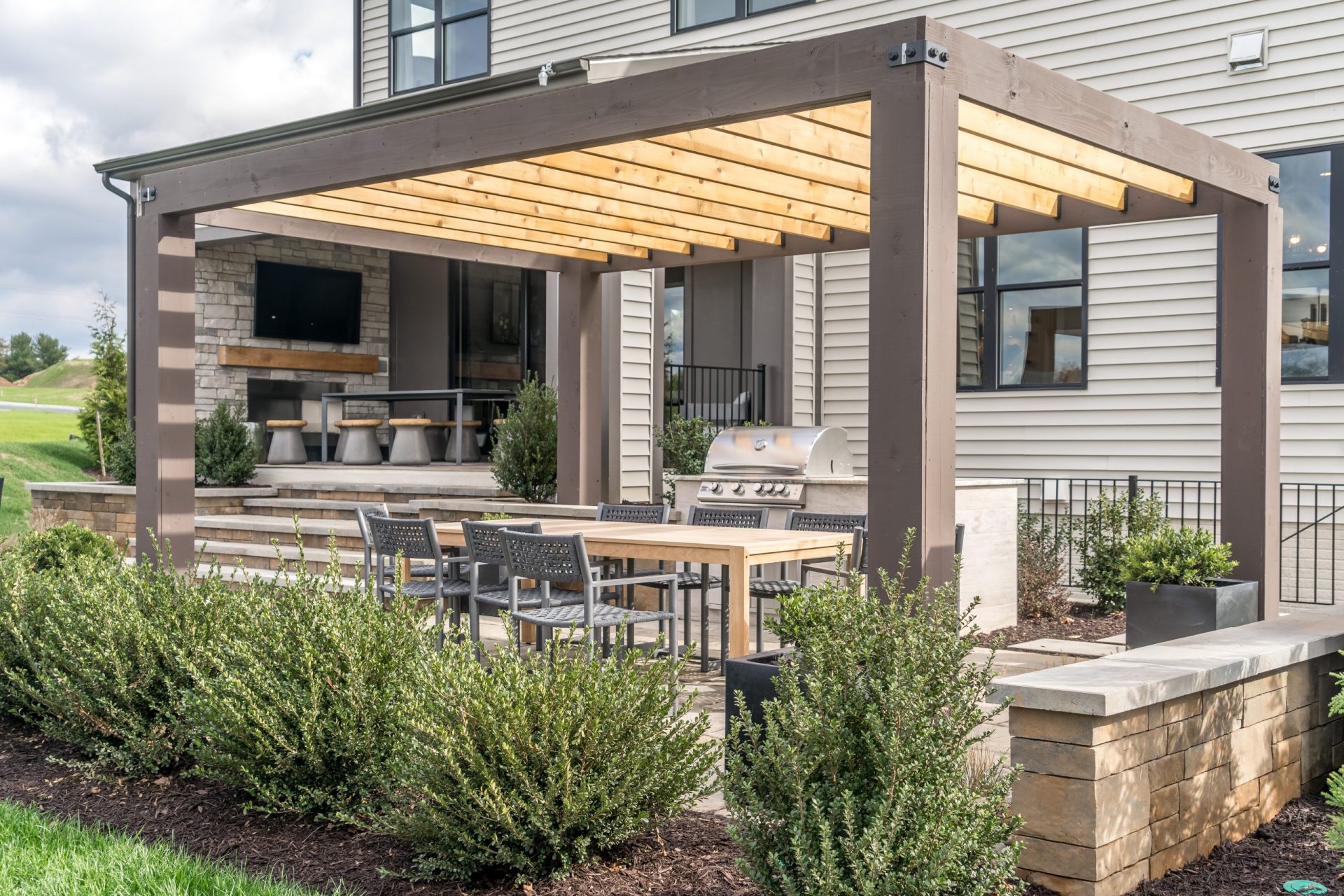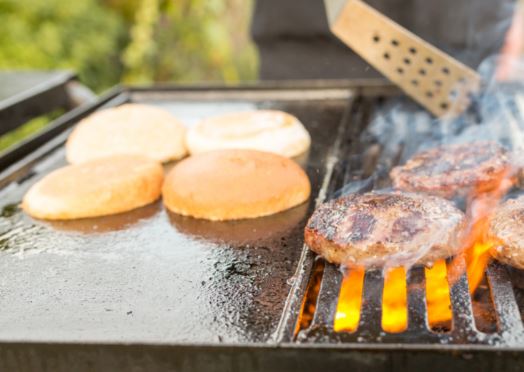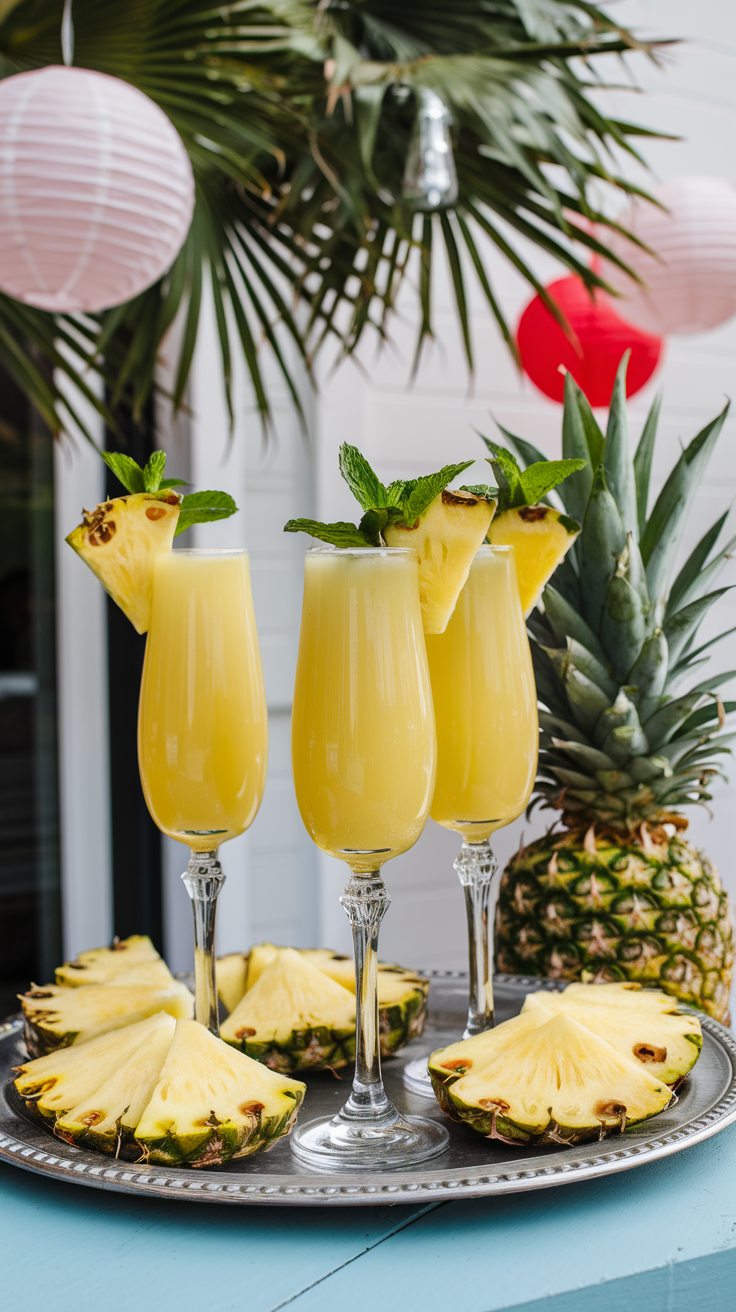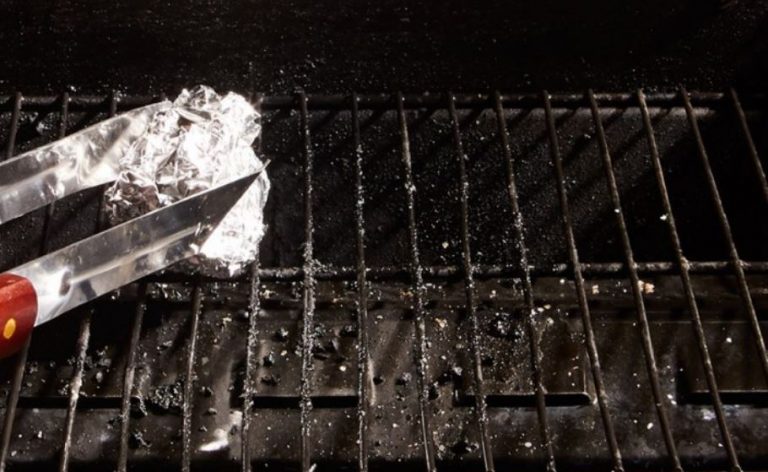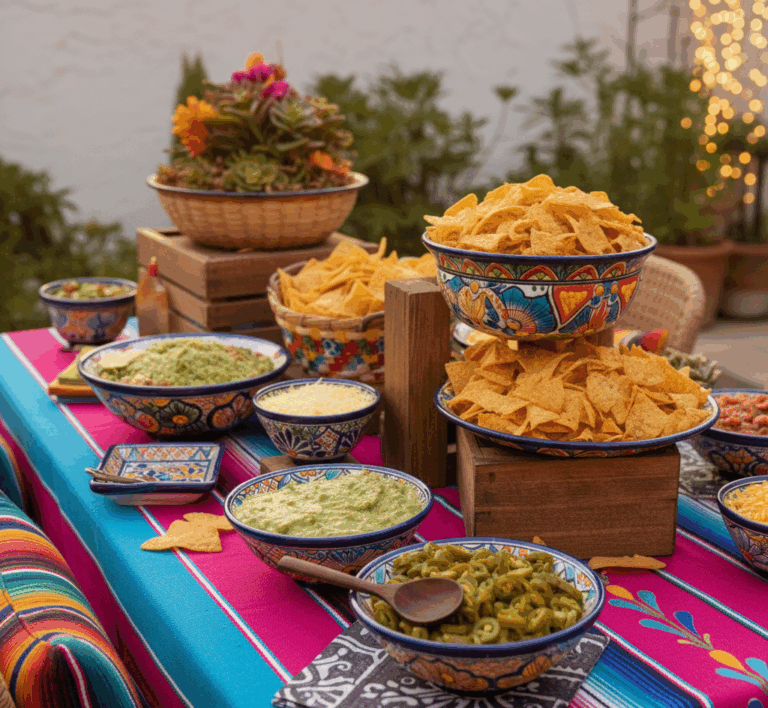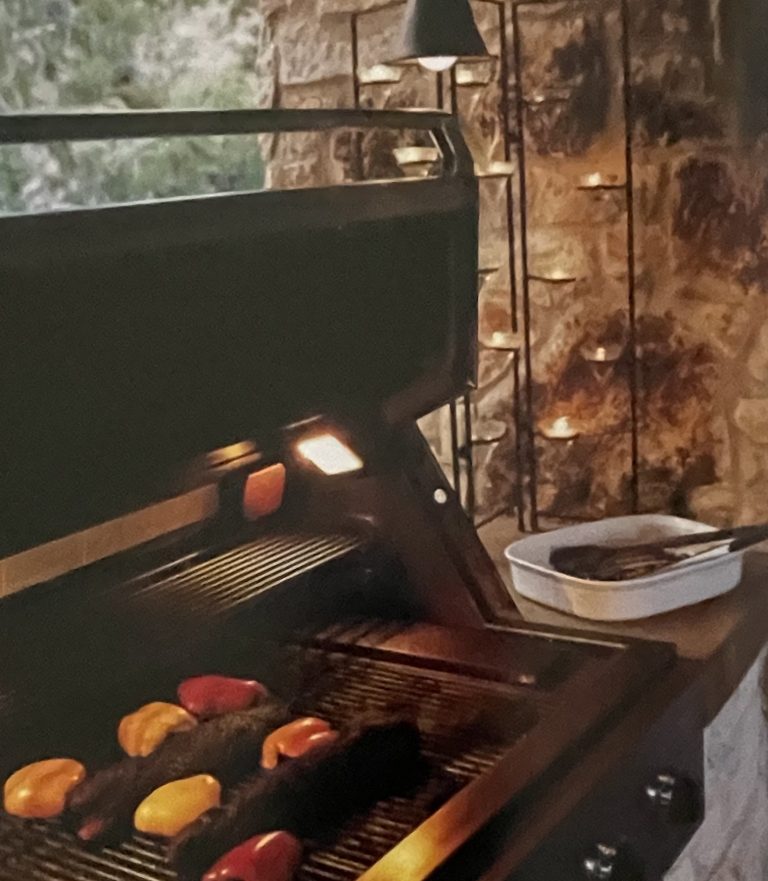Can You Grill Under a Pergola?
Is It Safe to Grill Under a Pergola?
A pergola is a griller’s dream in terms of providing both shelter and open air. Locating your outdoor kitchen under a pergola offers a feeling of enclosure by creating an outdoor room for your outside grilling endeavors. A grill outside, without any overhead protection, can become too hot to bear on sunny, hot days. A pergola can shelter you from the heat of the sun, and give some protection to your outdoor kitchen cabinets and appliances from the sun’s UV rays.
Unlike a covered porch or covered patio, a pergola’s louvers will allow rising cooking smoke to escape the enclosed area.
Gas grills, propane grills and charcoal grills throw off a lot of heat. They can char building materials such as wood, vinyl siding and stucco if these surfaces are too close.
Is grilling under a pergola safe?
A pergola is the ideal location for your BBQ because of its open structure. It is open on four sides and roof which allows for cross ventilation and a way for smoke to escape through the louvered top.
Patios with pergolas provide excellent outdoor bases. A pergola allows you to define your outdoor living space without being hemmed in by walls or obscuring your view of the sky. Unless the sun is completely overhead, the pergola provides modest shade, making it a relaxing refuge in your own garden.
Locating a Grilling Station Under a Pergola
The grill and prep area are framed by an open pergola. The pergola not only allows the grill to be integrated into a structure, making it appear more finished than a stand-alone wheeled barbecue, but it also provides shade on hot days and lights for cooking after dark.
A pergola can be used on both raised timber decks and patios at ground level. Instead of a plywood substrate, the ground level base can be stucco on masonry or solid masonry.
Barbecues and Pergolas
Many individuals like to cook outside under a pergola. If you’re going to put your grill under a pergola, make sure there’s enough space for the smoke and heat to escape. If your pergola has vines growing on it, keep the barbeque as close to the edge as possible to avoid smoke accumulating in the leaves or even heating them up and causing a fire hazard.
Make Certain There Is Enough Clearance
A minimum distance of two feet between your home, other structures, and flora is recommended by most grill manufacturers . If you get too close, it could cause a fire hazard from grill fires as well as soot buildup and discoloration of your pergola. However, clearances vary by grill model and manufacturer, as well as local rules, so it’s always a good idea to double-check before setting up and cooking on your grill.
As a general guideline, 36 inches of distance between all sides of the device and combustible materials is advised (more than the minimum required). That is why outdoor kitchen designers recommend located the outdoor grill centered between the support posts of a pergola.
Make Your Pergola Safe to Grill Under
Ensure that your grill is set up on a level, stable surface. Always have a fire extinguisher on hand when grilling. Don’t leave your grilling foods unattended, just as you wouldn’t if you were cooking on your stove inside your kitchen at home. Keep an eye on it from a distance.
Also common sense dictates to never leave a child alone near a hot barbecue.
- Remove the Screens and Curtains
For increased shade, privacy, and pest prevention, screens and curtains are ideal. When cooking, however, it’s advisable to slide the screens on your pergola out of the way. This allows smoke to dissipate and keeps your outdoor furniture from smelling charred. It also protects your pergola screens from damage caused by sparks, flame-ups, and grease fires.
- Improve Circulation with Pergola Roof Louvers
If your pergola allows for louver movement, you’ll be able to cook in a variety of weather situations. Adjust pergolas to the ideal angle to protect yourself from the sun while cooking, or lock louvers tightly to keep rain out while you continue to cook.
- Using Mindful Louver Adjustments to Prevent Staining
Your home pergola, which is open on all four sides, provides excellent ventilation, protecting you from carbon monoxide hazards and allowing CO and cooking smells to escape. When smoke becomes an issue, use the louvers to improve circulation and remove foul smells from your porch or patio space. On-demand ventilation prevents grill smoke and grease from staining pergola roof components and promotes safety.
Grilling Under an Awning or Screenedin Porch
Grilling under an awning is only advisable if the awning is high enough above the grill so that it doesn’t become heated and melt or catch fire. There should be adequate clearance to allow the smoke and heat from the grill to dissipate before either can reach the awning.
Sparks can also rise and smolder in a flammable awning which may lead to calling the fire department for a large delayed fire in your outdoor space. For this and many other reasons, keeping a fire extinguisher nearby is a good idea.
It is never advisable to grill on a screened in porch. These type of porches usually have low ceilings, and little ventilation which may lead to fires and CO accumulation.
A covered porch, such as one that is made from a second floor overhang, is also one place where you don’t want to grill underneath. It is not safe to grill there because of lack of air flow and combustible materials which might be used in construction.

